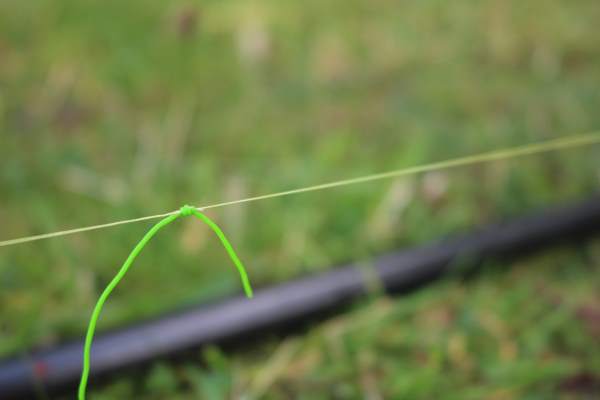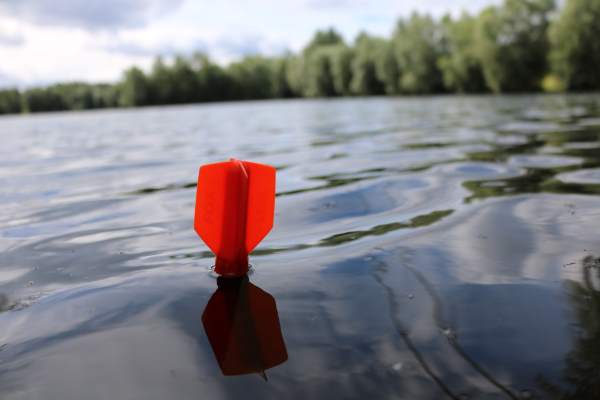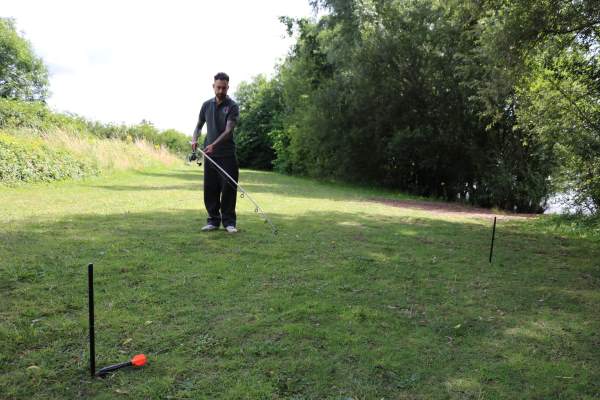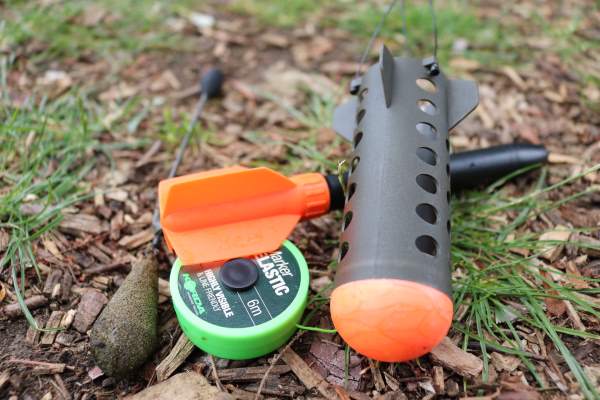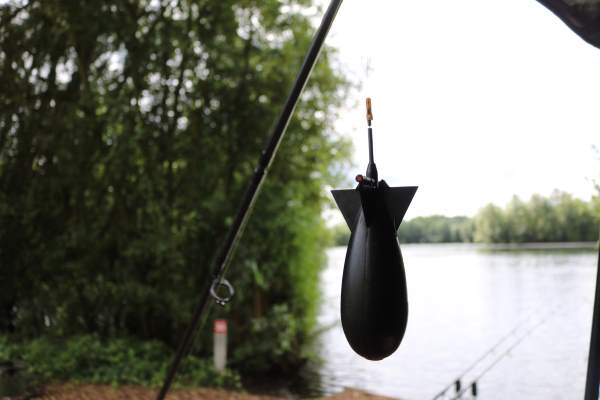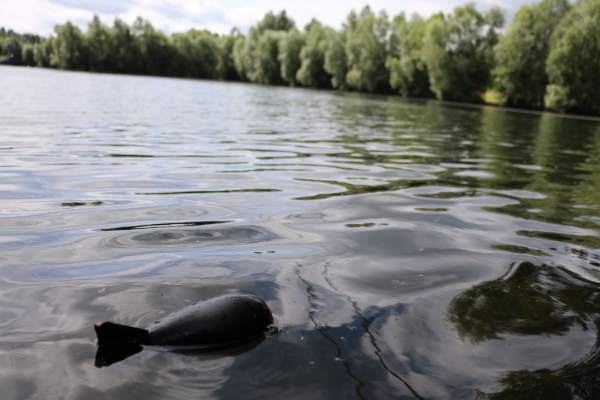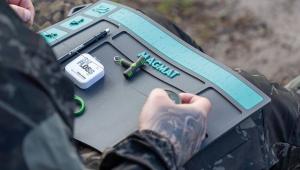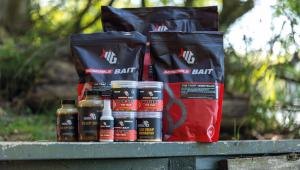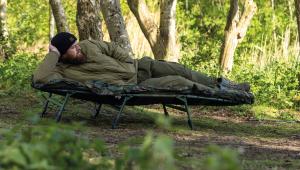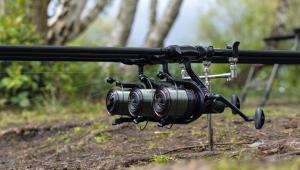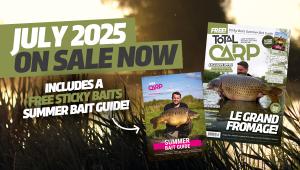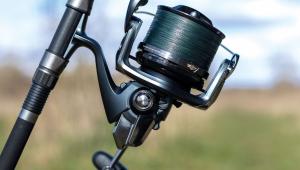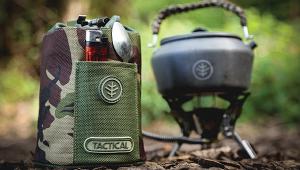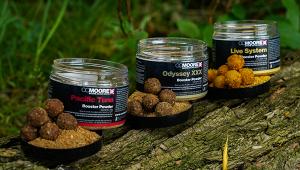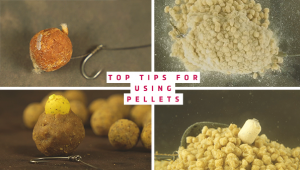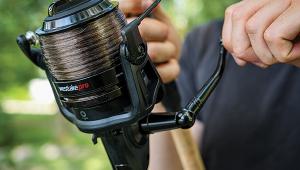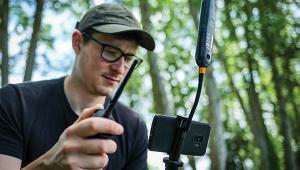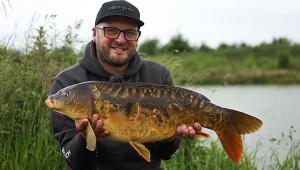Going The Distance
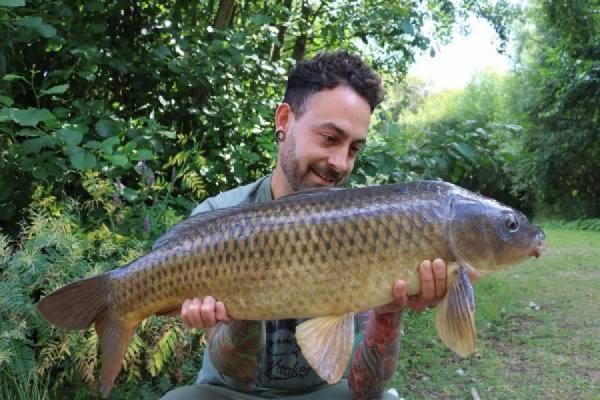
With most of my fishing being quick over night sessions or 24hour sessions it is important for me to make sure that I know exactly what type of lake bed I'm fishing over when I arrive and to find any feature that it may hold. Finding features such as plateaus, gullies, gravel bars and weed beds are all key features that can help catch fish in the right situation. It's also very important for me to find out what type of lake bed I'm likely to be fishing over so I can decide what type of rig to use as I want the right rig for the right situation.
In order to do this I like to map out the swim and the area that I will be fishing in, nine times out of ten I will do this with a marker rod and reel with a dedicated braided main line which I would always wet before using just to prevent tangles and to allow it to come of the reel as smoothly as possible I would also use a textured lead 1.5oz. The reason I like to use a braided mainline is because it has very little stretch and allows you to feel what you are coming in contact with on the lake bed sending vibrations through the rod. Giving me a good indication of what is on the bottom.
Such as Gravel, if i was dragging the lead back over a gravel area i would feel a "tap" "tap" sensation through the rod tip I would then know I have found a gravel area that could be a good feature to present a rig.
Where as if it was a weedy area I would feel a lot more resistance when dragging the lead towards me and it would more than likely take a lot more effort to retrieve the lead. If the lake bed was silty the lead would feel and pull across slightly smother this could also be a sand area. Sometimes the lead may feel as if it has lodged which could mean it is a soft silty area and the lead had plugged into the lake bottom.
Having the textured lead has its advantages as I can help identify what the lake bed is like ,as the sediment and detritus would stick to the textured lead either giving visible signs as well as smells from the debris.
In order to find all of this out I would cast the bare lead into the lake and feathering the cast this is done with my finger on the spool slowing the line down and holding the rod tip up so that I can trap the line and feeling the lead down and know what I'm landing on, a nice hard "Donk" would generally mean a clear area where as a dull feeling on the rod could mean it's possibly landed on a weedy area.
Having had a few casts and finding what type of lake bed I am fishing over I would then look for a feature such as a gravel bar or clear area or maybe even the back of a weed bed. Once I have a feature that I am happy with I will then put the line under the real clip in order to make sure that I can get back to the same spot again on the cast "hitting the clip".
So that I make sure I know exactly where I'm casting to I will take note of a horizon marker such as a tall tree, or something that will be easily recognisable. To make sure I'm at the right distance every time I will work out how many rod lengths it is to the area I generally do this with the aid of distance sticks. This is where two sticks are places 12ft apart and then the braid or mainline is wrapped round the sticks to work out what the total number of wraps is until I reach where the line has been put under the line clip.
A good way of marking this is to put some pole or marker elastic on the line I like to put it on where the join of the rod is the spigot. This is added assurance of making sure your always on the same spot as in my opinion accuracy is key. I like to use what's called a stop knot.
Once I've found my feature and marked my line with elastic I like to make a note of the distance as it will always come in useful for future sessions as you will know that that distance will always be the same. So if it was ten wraps you know it's 40yard to the feature (12foot is 4yards). I like to keep all my findings in a diary that I keep for my sessions so that In future I can clip my rods up without having to make any disturbance in the water.
Having clipped up the marker rod I will then repeat the process will all of the fishing rods clipping them up to the corresponding number of wraps. when putting the line round the distance sticks I like to do it in a figure of eight motion as I find I get less tangles when retrieving it back onto the spool.
Once all the rods are clipped up and marked and I've found out what situation I will be fishing in I can decide what would be the best way in presenting my rigs. If I have found that i'm fishing in low lying Canadian pond weed I would generally use a chod rig or a stiff hinge rig as they would settle on the weed Leaving the hook exposed. I will always cast out with a piece of foam over the hook point just for that peace of mind that it is protected on the way down.
However if the lake has a sandy or silty bottom, I would happily fish a bottom bait rig over this but would possibly soak my hook baits in order to stop them taking on any of the silt as it can be quite potent, I would still be happy to fish a small chod rig section in this situation though.
Without using a marker float or a bare lead to map out the swim your fishing in you could be casting out onto any number of things. It is so important to feel the lead down and find out what your fishing over as this is key to what bait and rigs you should be presenting. As all of this will help contribute to you catching more fish!
With the marker rod already being clipped up to the distance your fishing it makes baiting up easy as it can be as simple as taking the lead of the braided mainline and attaching either a spod or spomb. There are a number of ways of attaching these but it all come down to personal preference, some people like to use a loop to pass through the eye of either a spomb or spod and the other method is to use a quick clip with a sleeve over the top.
If you're not intending on using any particle to spomb out another good way of putting Bollies Over an area without spooking the fish is to cast the spomb out till it hits the clip and leave it on the water's surface and use it as a marker to bait up to allowing you to either catapult Bollies out or use a throwing stick.
As with most things in fishing, bait application is a personal preference but when it comes to feature finding in my opinion, finding out what type of lake bed your fishing over is crucial in order to maximise your session especially if they are short sessions. Effort equals reward.......
- Log in or register to post comments





